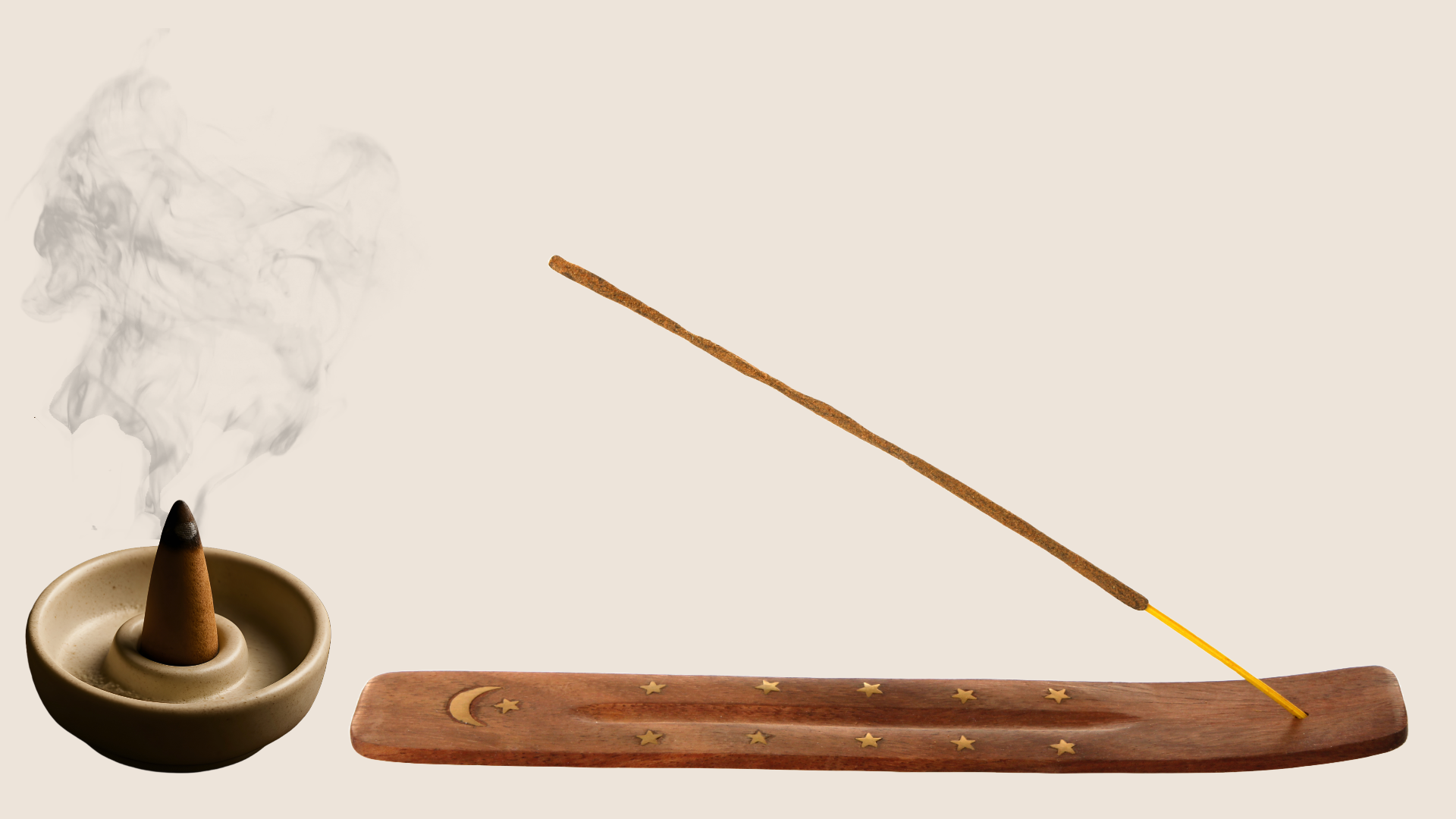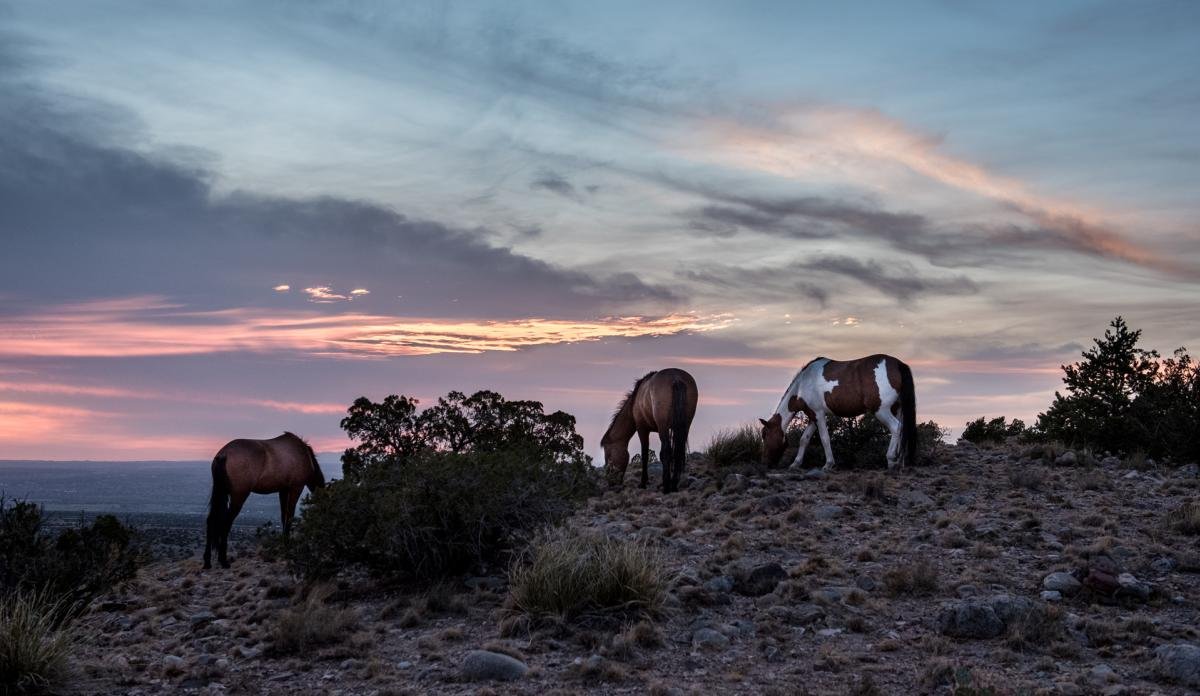Three Ways to Burn: Rituals for Every Type of Clear Light Cedar Incense
Whether you're seeking clarity, grounding, or simply a home that smells like the New Mexico wilds, how you burn your incense matters. At Clear Light Cedar, we offer three types of incense—Spirit Sticks, traditional Sticks, and Cones—each crafted with wild-foraged Cedar and Piñon to support different kinds of rituals.
Whether you're seeking clarity, grounding, or simply a home that smells like the New Mexico wilds, how you burn your incense matters. At Clear Light Cedar, we offer three types of incense—Spirit Sticks, traditional Sticks, and Cones—each crafted with wild-foraged Cedar and Piñon to support different kinds of rituals.
Here’s how to make each one part of your sacred space.
🔥 SPIRIT STICK RITUAL: "Open the Space"
Use when: You're preparing for ceremony, hosting guests, or need to clear and bless a large area—like your entire home, patio, or event space.
You’ll need:
One Spirit Stick – Incense Log
A fire-safe dish or large incense burner
A feather or fan (optional)
Ritual Steps:
Set your intention: Before lighting, place your hands on the Spirit Stick and say aloud or silently:
“With this smoke, I welcome warmth, wisdom, and renewal into this space.”Light the end of the Spirit Stick until it flames. Let it catch for 10–15 seconds, then gently blow it out, letting the ember smolder.
Place it in a fireproof holder in the center of your space—or carry it gently from room to room, using a feather to waft the smoke.
As you move, name what you're clearing: “Stress,” “Stagnation,” “Old energy.” Then name what you're inviting in: “Peace,” “Protection,” “Joy.”
Let it burn all the way down, or extinguish it safely when you feel complete.
Spirit Sticks were used in the lobby of Hotel Tamaya for a reason—they bring presence to a space.
🌿 STICK RITUAL: "The Slow Reset"
Use when: You need grounding after a long day, want to refocus during a creative block, or simply want to soften the energy around you.
You’ll need:
One Clear Light Cedar Stick
Incense holder or bowl with sand
Journal or cup of tea (optional)
Ritual Steps:
Take a breath. Pause and feel your feet on the ground.
Light your stick incense and gently blow it out, allowing the fragrant smoke to curl into the air.
Sit near the smoke. Close your eyes and inhale for 4 counts, exhale for 6. Repeat for a few rounds to reset your nervous system.
As the stick burns (30+ minutes), write down three things you’re releasing—and three things you’re calling in.
When finished, thank the smoke, the wood, and the land it came from.
A simple ritual to bring you back to yourself, one breath at a time.
🔺 CONE RITUAL: "Spark the Shift"
Use when: You feel stuck, tense, or need a fast, intentional energy change—before meditation, after an argument, or to mark a fresh start.
You’ll need:
One Clear Light Cedar Cone
Fireproof bowl or small burner
A phrase or mantra
Ritual Steps:
Light the tip of your cone until it catches. Let it burn for 15–20 seconds, then gently blow it out.
As it begins to smoke, say a mantra like:
“I release the old. I welcome the new.”Sit nearby and imagine the smoke sweeping out the stale energy—like a desert wind through an open window.
When the cone finishes burning (about 15 minutes), open a door or window to let fresh air circulate.
Quick, powerful, and perfect when you need to clear the room—literally and energetically.
🌀 CHOOSE YOUR FIRE
Stick. Cone. Spirit Stick. Each burns a little differently—but they all return you to the same place: the grounded, cedar-scented center of yourself.
Ready to create your own ritual?
Or try them all in our Incense Sampler—ritual-ready and handcrafted with love from Placitas, New Mexico.
Three Ways to Burn: Rituals for Every Type of Clear Light Cedar Incense
New News Network Coming to Placitas
Introducing PLACITAS NEWS NETWORK — the only local news show unafraid to ask hard-hitting questions like:
“Are solar panels giving hummingbirds migraines?”
“Can sand be zoned as residential?”
…and “Who double-booked the community center again, Barbara?”
🎙️🚨 BREAKING NEWS 🚨🎙️
Placitas, brace yourself. The truth is coming… sort of.
Introducing PLACITAS NEWS NETWORK — the only local news show unafraid to ask hard-hitting questions like:
“Are solar panels giving hummingbirds migraines?”
“Can sand be zoned as residential?”
…and “Who double-booked the community center again, Barbara?”
💥 Think John Oliver’s brains, The Onion’s absurdity, and Philomena Cunk’s deeply confused confidence — now set in the high desert where the HOA is mightier than the law.
🐷 Featuring Priscilla, Pig of the Desert, in her hard-hitting segment: Pig of the Week.
🎭 Hosted by Sagebrush Dustington, who may or may not be legally allowed to call this “journalism.”
📡 Premieres soon on… wherever things this weird are allowed.
#PlacitasNewsNetwork #PNN #LocalNewsWithAltitude #PigOfTheWeek #OnlyInPlacitas #PhilomenaCunkVibes #JohnOliverButDustier
Sagebrush Dustington is a self-declared investigative journalist, amateur weather psychic, and the only person in Placitas to be banned from both Nextdoor and the farmer’s market. With a background in asking the wrong questions at the worst possible time, Sagebrush brings deadpan curiosity and misplaced confidence to every story—whether it’s HOA drama, suspiciously organized coyotes, or the ongoing feud between pottery guilds.
Armed with a mic, a weather rock, and a deep distrust of hummingbirds, Sagebrush delivers the news Placitas never asked for—but probably deserves.
Placitas Ranch Fest Pops Up June 21 at Elk Ridge Ranch
Placitas, NM – Something wild is happening in the high desert this summer. The first-ever Placitas Ranch Fest, a vibrant outdoor market celebrating local art, music, food, and community, will be held on Saturday, June 21, 2025, from 11 AM to 4 PM at Elk Ridge Ranch, 772 NM-165 in Placitas. INTERESTED? PLEASE RESERVE YOUR FREE TICKET
Hosted on a working elk ranch and sponsored by Clear Light Cedar, the festival offers a unique blend of rustic charm and modern creativity. Guests can shop from an array of local artisans, indulge in New Mexico cuisine from food trucks, enjoy live music, and catch cooking demonstrations—all while taking in breathtaking views of the Sandias and the chance to see real elk up close.
“We wanted to create a one-of-a-kind community experience that feels authentically New Mexican,” says event organizer Keith Allen West, who is also known for his work on stage, screen, and… with a certain pig. Yes, the event’s official mascot, Priscilla, Pig of the Desert, will be making a special guest appearance.
The event is free to attend with ample on-site parking, making it an accessible and family-friendly way to spend a summer Saturday.
Event Details:
Placitas Ranch Fest
Saturday, June 21, 2025
11 AM – 4 PM
Elk Ridge Ranch
772 NM-165, Placitas, NM 87043
Free Admission & Parking
Follow @elkridgeranchnm, @clearlightcedar, and @keithallenwest for updates and sneak peeks.
History of the Village
Lying at the foot of Sandia Peak between pueblos to its north and south, the historic Village of Placitas has maintained its unique character through many decades.
Even before its original twenty-one founding families received their land grant from the Spanish crown in 1767, native peoples had inhabited this land.
Sandia Cave and the surrounding area contain historic remains from nearly every settlement period of the past ten thousand years. The ruins of San Jose de las Huertas -- the original “las Placitas,” a mile north of today’s Village -- is now an Archaeological Conservancy site and is considered to be the last undisturbed Hispanic colonial site in New Mexico to be well preserved.
Lying at the foot of Sandia Peak between pueblos to its north and south, the historic Village of Placitas has maintained its unique character through many decades. Even before its original twenty-one founding families received their land grant from the Spanish crown in 1767, native peoples had inhabited this land. Sandia Cave and the surrounding area contain historic remains from nearly every settlement period of the past ten thousand years. The ruins of San Jose de las Huertas -- the original “las Placitas,” a mile north of today’s Village -- is now an Archaeological Conservancy site and is considered to be the last undisturbed Hispanic colonial site in New Mexico to be well preserved.
Along the sleepy lanes of the Village can be found decades of southwest history in the true adobe houses, the San Antonio de Padua Mission, the Las Placitas Presbyterian Church and the ditches of the Las Acequias de Placitas which snake across the hillsides. Many of today’s villagers, descendants of the grantees, carry on the traditions of their ancestors while adjusting to today’s new influences.









